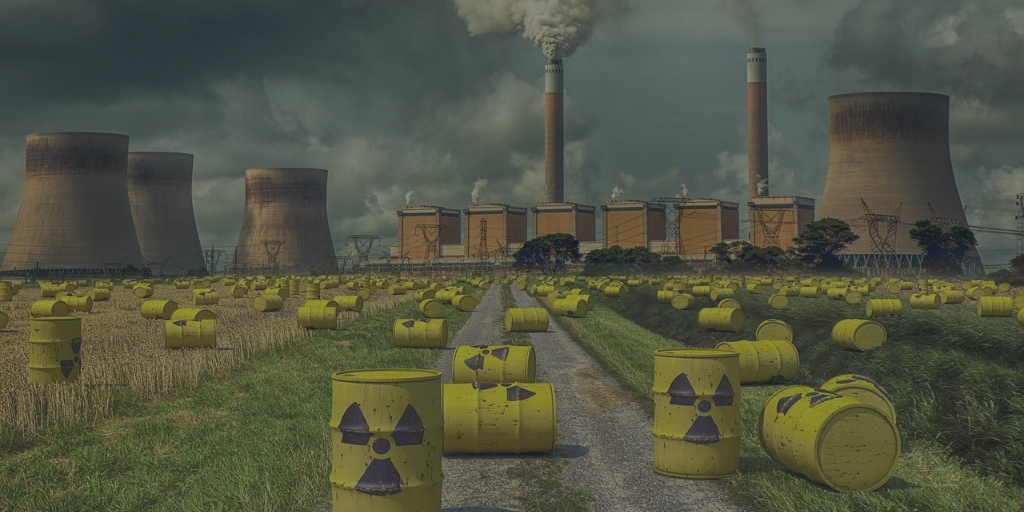Radioactive waste management alludes to the sheltered treatment, stockpiling, and removal of fluid, strong, and gas release from atomic industry activities with the objective of ensuring individuals and the climate.
Advanced mechanics innovation impacts each part of work and home. It can emphatically change lives and work rehearses, raise productivity and security levels, and give upgraded levels of administration.
Radioactive misuse of different kinds results from any movement that utilizes atomic materials, including clinical and modern employments. Be that as it may, atomic energy is the main wellspring of such squanders due to the bigger volumes created and its extensive nature. Whatever their cause, radioactive squanders must be overseen securely and financially.
Types of Radioactive Waste
All in all, radioactive waste is isolated into three main classifications: low-level waste (LLW), transitional level waste (ILW), and significant level waste (HLW), contingent upon its degree of radioactivity and the time allotment it stays unsafe. Removal of LLW and most ILW is a developed practice, while most HLW is securely put away in devoted offices. The lasting removal of HLW in profound land stores is acknowledged to be practicable by the logical and specialized network, yet still can’t seem to be acknowledged by common society in numerous nations.
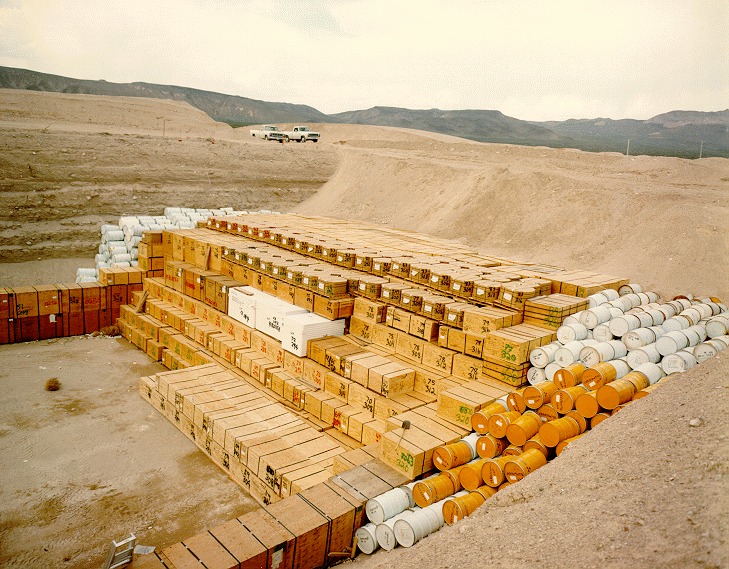
Precautions
The exercises vital for overseeing radioactive waste appropriately can be ordered into the accompanying advances:
- Limiting the sums made,
- Molding and bundling to allow safe taking care of and security during transport,
- Interval stockpiling,
- Last removal.
Problems and Inspiration
Solutions for the management of radioactive waste was inspired by incidences that occurred in the past. For instance; In 1979, the requirement for cutting edge mechanical ability turned into an imperative on the grounds that the reactor emergency that occurred in Unit 2 at Three Mile Island implied that few errands must be embraced remotely, supplementing the utilization of since quite a while ago dealt with devices and what were then novel vision frameworks.
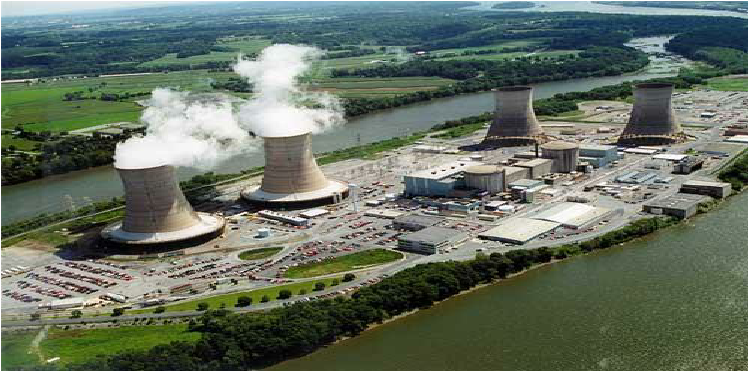
The first since forever radiation review robot, for these intentions, was conveyed in the cellar of the unit four years later, in what is regarded as a landmark in the nuclear industry.
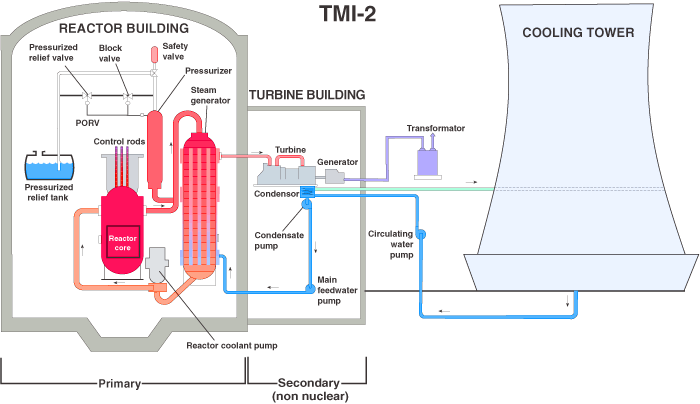
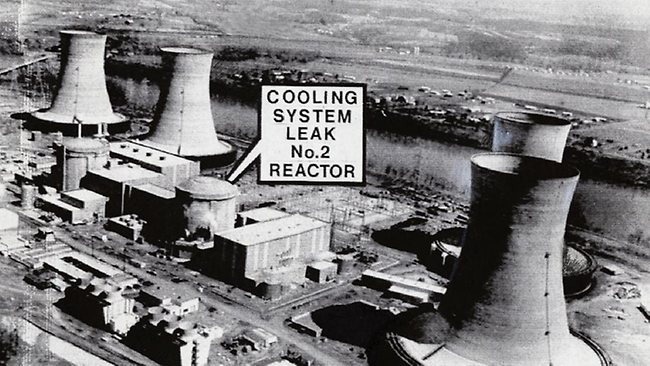
Seven years after the Three Mile Island mishap, the calamitous accident that occurred in Chernobyl brought about a technique to bury the affected plant in sand and clay to limit the extent of ongoing radioactive emissions and reshaped the interest in the idea of utilizing mobile robots in place of people for nuclear accident response applications.
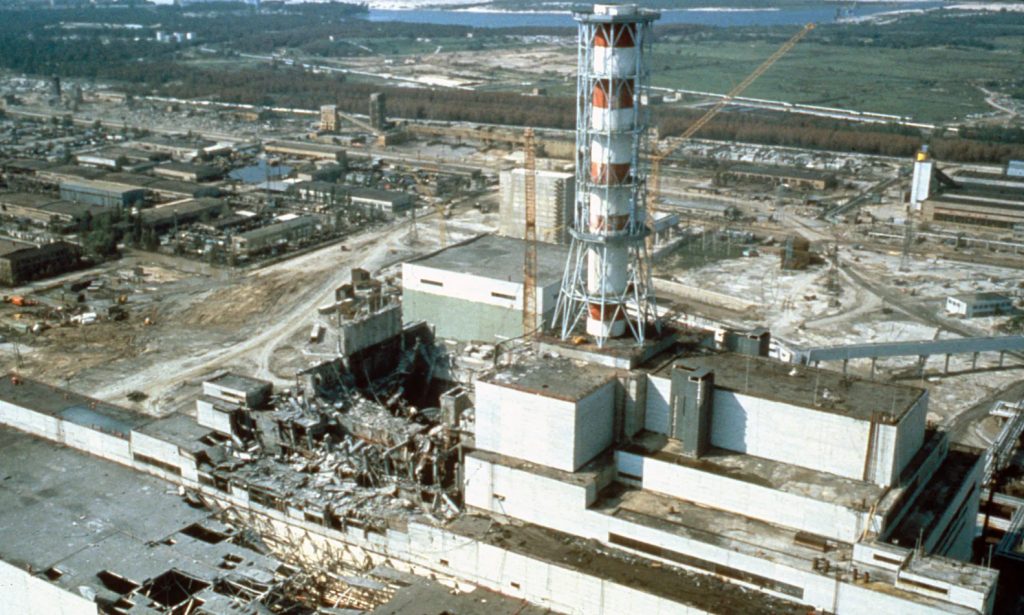
The mechanical upgrades throughout the following twenty years have driven the designed implementation of highly sophisticated systems, with mechanical technology increasing, more prevalence in standard commercial fields, for example, amusement, transport, and medication.
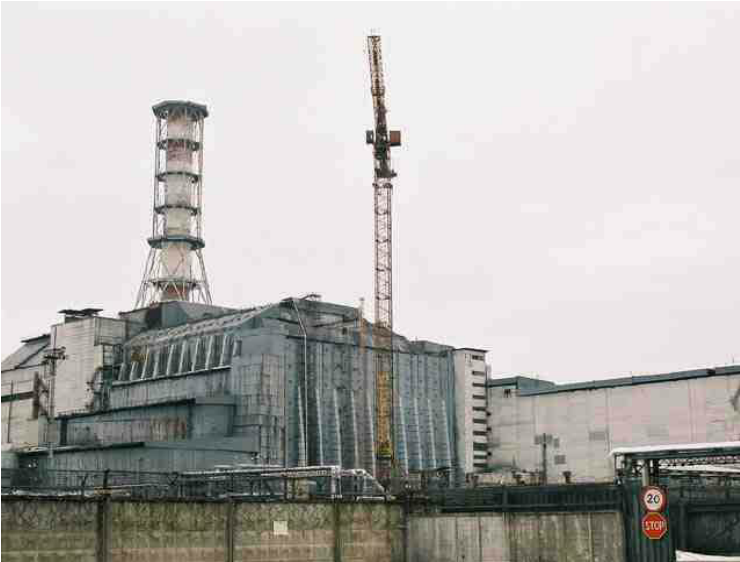
Why Apply Robotics for Radioactive Waste Administration?
The primary incentives for developing remotely-controlled robots in the nuclear industry came from the needs to minimize the exposure of workers to radiation, and improve overall productivity.
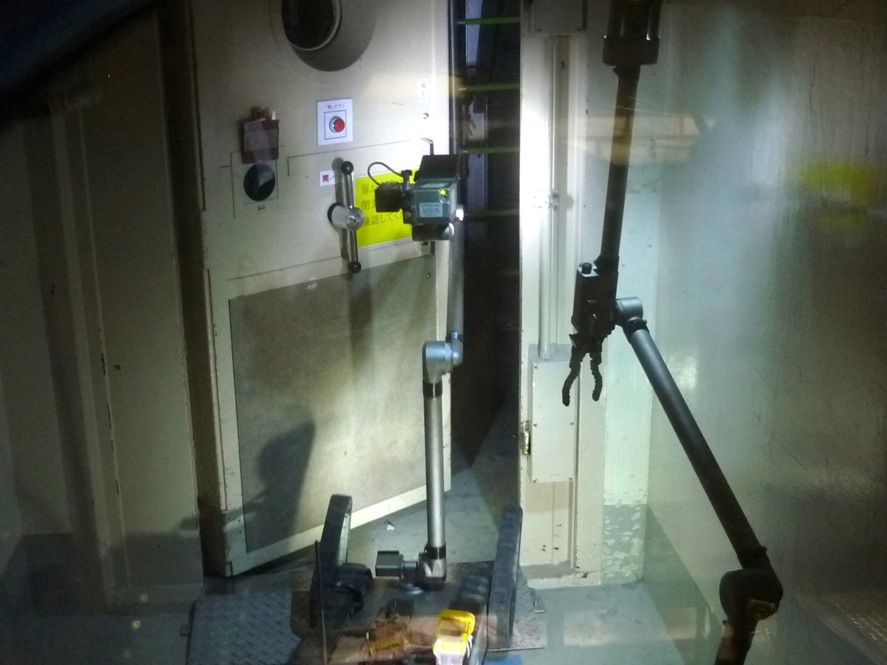
The essential utilization of advanced mechanics in decommissioning applications is to lessen the radioactive portion levels to which labourers are uncovered. There are numerous circumstances where, attributable to the level of radiation and the very long half-existences of the radioactive materials included, advanced mechanics is the main doable choice.
The Nuclear Regulatory Commission‘s guideline 10 CFR 20 expresses that a word related labourer can’t get more than 5000 millirem (mrem) or 5 rem every year for the full-body portion when this portion has arrived at the labourer needs to quit working right away.
This requires an expanded number of laborers to be utilized to achieve a vital undertaking. By utilizing robots, the quantity of laborers is limited, this thusly makes numerous extra investment funds remembering a decrease in the number of defensive garments required, and a diminished organization.
It must be stated, notwithstanding, that many decommissioning contractual workers have encountered huge complex altered mechanical doubtful issues with frameworks and henceforth remain about their arrangement.
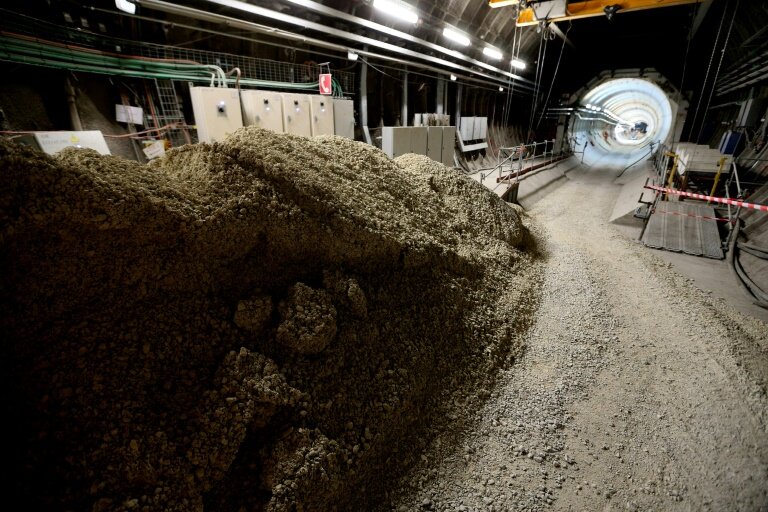
Nuclear Waste Disposal in Deep Space
Nuclear waste disposal in deep space is alluring in light of the fact that it eliminates atomic waste from the planet. It has critical drawbacks, for example, the potential for the disastrous disappointment of a dispatch vehicle, which could spread radioactive material into the air and around the globe.
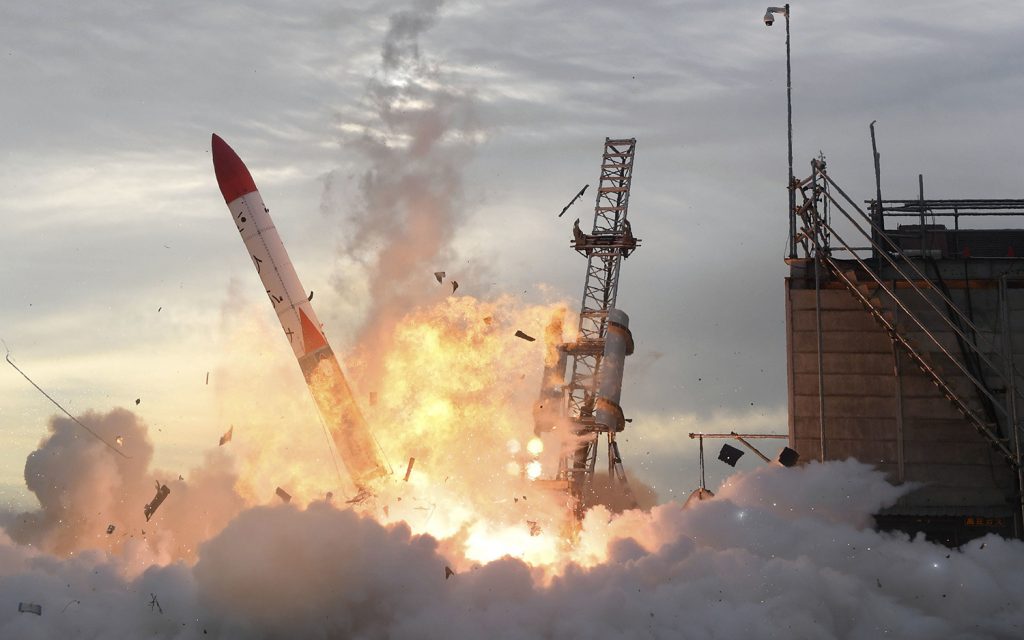
A high number of dispatches would be required because no individual rocket would have the option to convey a whole lot the materials comparative with the aggregate sum that should be discarded. This makes the proposition unfeasible monetarily and it expands the danger of at any rate at least one dispatch disappointments. To additionally entangle matters, peaceful accords on the guideline of such a program should be set up. Expenses and insufficient dependability of current rocket dispatch frameworks for space removal have been one of the intentions in interest in non-rocket space dispatch frameworks, for example, mass drivers (a proposed method of non-rocket space launch which would use a linear motor to accelerate and catapult payloads up to high speeds), space lifts, and different proposition.
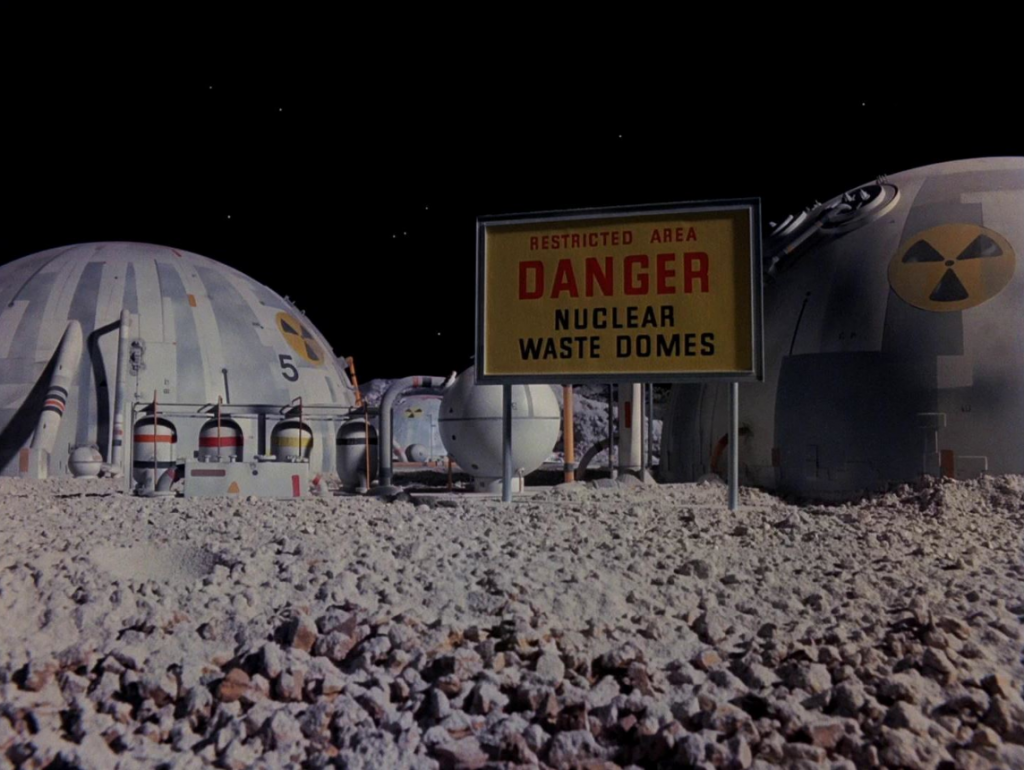
The biodegradability of byproducts is a significant factor in deciding successful waste administration. The development of non-biodegradable waste is a danger to people and earthbound creatures in various ways such as; cause of cancer, they could form breading sites for disease-spreading insects like mosquito’s and would also degrade the soil quality just to mention a few.
The most well-known technique for discarding the waste is to store it in landfills, a training that can be seen in many nations, which adds up to a significant level of worldwide metropolitan waste. Just as utilizing landfills (perceived as a proper method for discarding waste), numerous regions reuse.
If enough exertion is being put resources into reusing is an on-going inquiry, and weight will keep on mounting on how best to conquer the drawn-out issue of decreasing the volume of waste.
Current Technology
As of late, some robotics developers have built up a robotic recycler. This is an automated waste arranging framework that is fit for arranging crude strong waste from development and destruction squander.
To help the tangible organization framework that verbalizes the Robotic Recycler, a calculation is planned dependent on the utilitarian guideline of the human cerebellum. This brings about a compelling critical thinking strategy that includes the circumstance of developments, calibrating activities, and coordination. The fashioners propose to make a framework that permits the robot to respond to developing circumstances and distinguish answers for an issue.
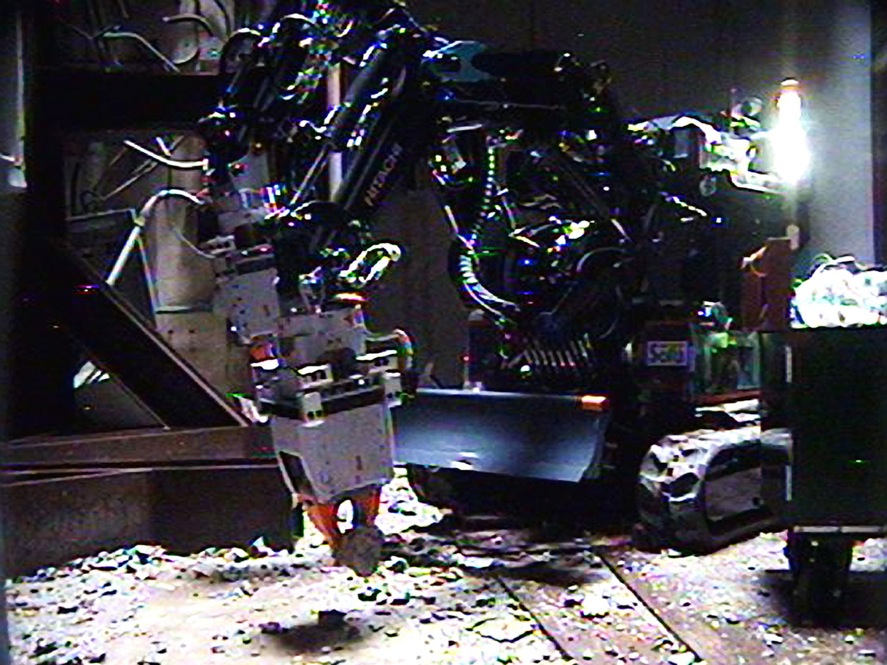
The sensor combination framework permits the robot to detach over a wide span of time information and examine items that are not needed during the waste arranging measure – an inventive and profoundly advanced application for squandering the executives.
Like all enterprises, the age of power produces squander. Whatever fuel is utilized, the waste created in producing power must be overseen in manners that shield human wellbeing and limit the effect on the environment. For radioactive waste, this implies confining or weakening it with the end goal that the rate of convergence of any radionuclides got back to the biosphere is innocuous.
Benefits of Using Robots
Robots can make the job of cleaning up nuclear sites easier. They can:
- reduce the exposure of workers to harmful radiation, e.g. by demolishing buildings or retrieving radioactive waste remotely,
- do work more quickly,
- do work effectively.
The robots, therefore, can then reduce the time and cost to tax-payers of decommissioning nuclear sites in the long-term.
Rather, these basic machines are tasked with carrying out simple tasks that boost productivity around the workplace or factory. It also means quicker advances in artificial intelligence.

